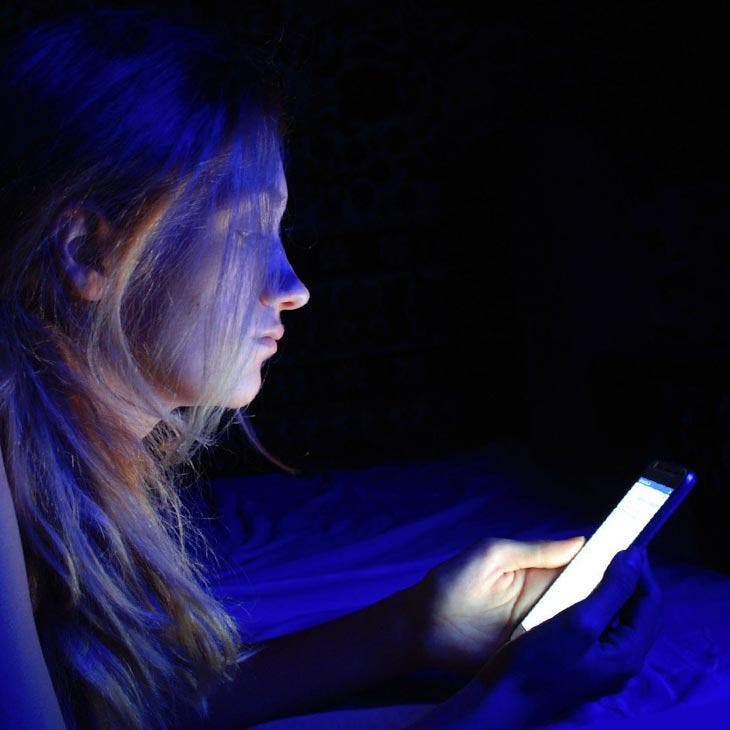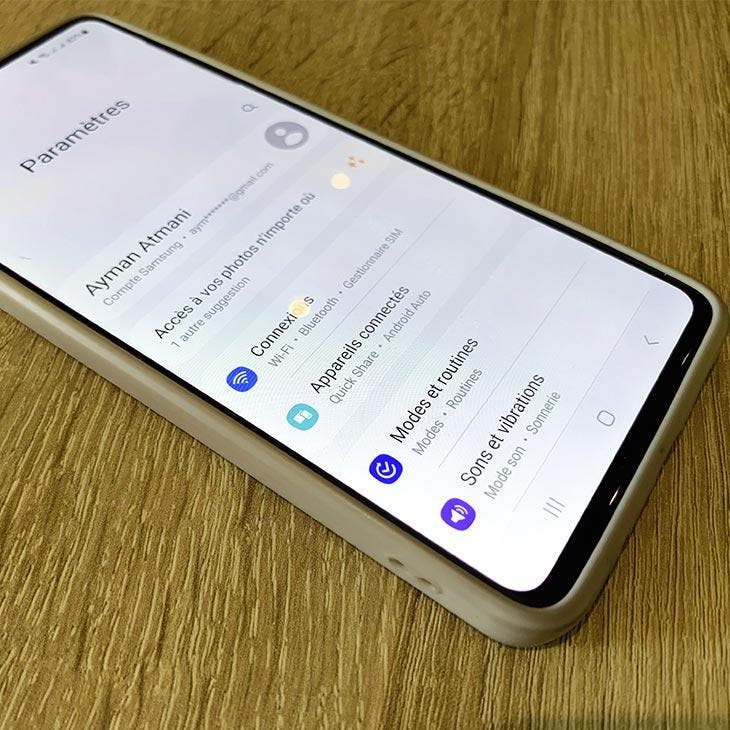
Currently, as you probably already know, most mobile phones developed by Samsung, Xiaomi, Motorola or Huawei incorporate a feature called “automatic brightness”. You must have already seen it: it is its mission to automatically reduce or increase the brightness of the screen, depending on the lighting conditions of the place where you are. So, for example, when you use your smartphone in a very bright place, such as outdoors, the lighting level is the highest to allow you to correctly view all the icons on the screen, your messages or notifications, among others. Of course, conversely, in the evening, if the room is very poorly lit, the brightness will decrease sharply, by half or even a little more.
Why not turn off auto brightness?
Well, now, it is clear that this function is very mixed. As it is enabled by default, some people willingly use it so as not to complicate their lives. They trust her and let her handle this component. On the other hand, others seem more capricious. Many Android users are not convinced by this feature and prefer to disable it outright. In other words, they choose the brightness level of their screen themselves. Good or bad idea? According to experts, this practice is far from beneficial. Because, most users are very quickly used to adjust it to the maximum. They believe, wrongly, that comfort is there!
Yet, strangely, many of them complain of eye strain or headaches. This is not surprising, especially if you spend many hours at night (or early in the morning) in front of your mobile. And, in addition to these health effects, they also often find that the autonomy of their Smartphone is greatly reduced. Again, it is quite normal for the battery to drain faster when the screen is constantly at its maximum brightness. As a result, you find yourself charging your phone every four or six hours! There is no mystery: by keeping the brightness automatic, all these inconveniences would no longer be relevant.

What is the right brightness rate of a smartphone screen?
Whether it’s Android or iOS, to keep your eyes healthy, the best screen brightness should be around 30% or less indoors (or in a dark room) and 50% or 60% outdoors in sunlight. Outside, preferably, you should even use the adaptive brightness mode of the screen, it is very useful. But, ideally, it would always be wiser to let the automatic brightness do its thing. It has been programmed to better manage the different lighting conditions to make things easier for you. So why deprive yourself of it?
N.B : Note that Samsung devices do not work in percentage but rather in level.





